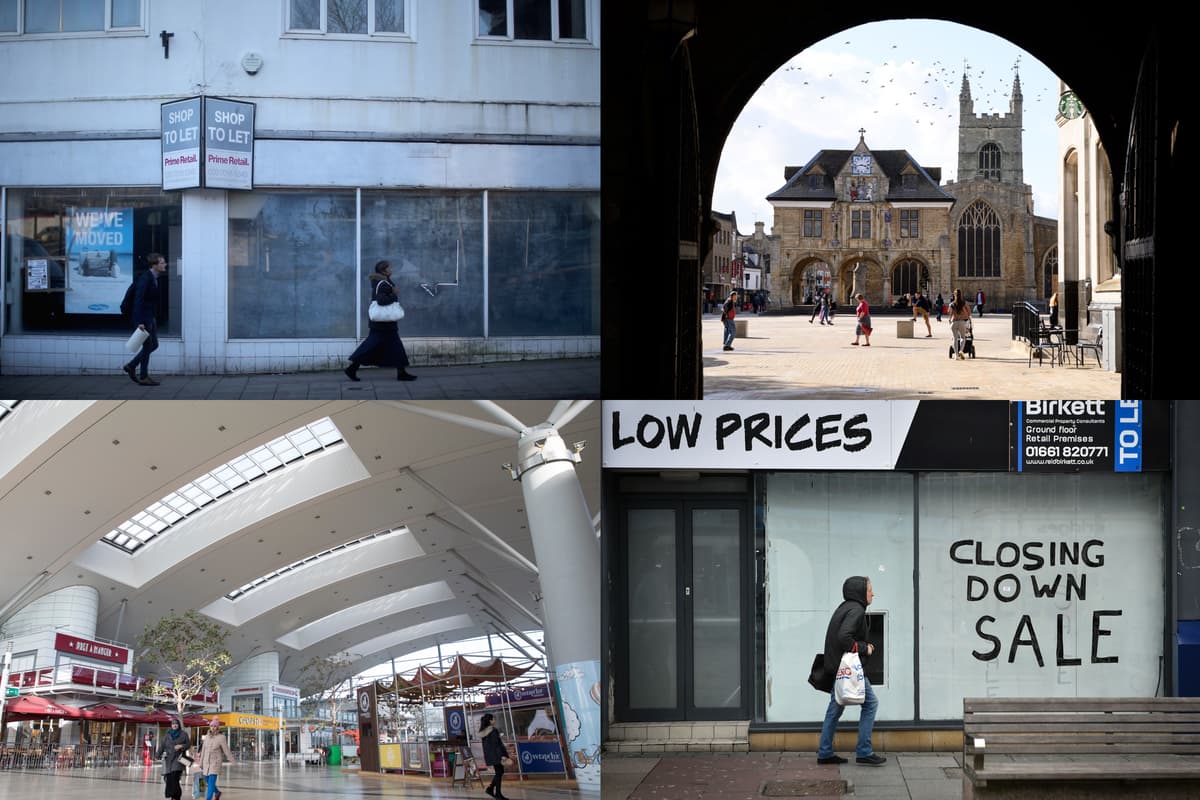Britain’s best cities: The most thriving high streets with fewest closures, and those with most empty shops
By Robert Cumber
Copyright scotsman

Britain’s top-performing high streets – and its biggest strugglers – have been named
Nearly one in five shops is closed in some city and town centres
But in other places, more than nine out of 10 shopping units are occupied
Britain’s flagging high streets have undergone a major health check.
The results reveal which cities across the country are fighting fit, when it comes to their shopping centres, and which are on life support.
The cities with the best-performing high streets have been ranked by the Centre for Cities think tank, based on the percentage of empty shopping units.
It won’t come as a shock to many to see London topping the table, but there are some surprises.
Liverpool, Southampton, Milton Keynes and Peterborough all make the top 10, beating the likes of Manchester, in joint 11th place, Birmingham (14th) and Sheffield (35th).
The study compared the performance of high streets in Britain’s 62 biggest towns and cities.
As well as rating them according to vacancy rates, it looked at their catchment area and how much residents spend in other city centres or large shopping centres.
Across Britain’s biggest towns and cities, the study found that, on average, 12.8% of shops are sitting empty, which is nearly one in eight.
In London, the closure rate was just 7.4%, followed by Cambridge (8.5%) and Oxford (9%).
Which towns and cities are struggling most?
At the other end of the table, in Newport, nearly one in five (19%) of shops are shuttered, with Bradford (18%) and Blackpool (17.6%) second and third from bottom.
The vacancy rate in Manchester is 10.5%, in Birmingham it stands at 10.8% and in Newcastle it is 11%.
Other big cities included in the study were Glasgow (11.7%), Leeds (12.2%), Sheffield (12.9%), Leicester (13.4%) and Sunderland (16.8%).
The report’s authors said millions of credit and debit card transactions had been analysed to delve deeper than ever before into the performance of high streets around Britain.
What can be done to save Britain’s high streets?
They said the biggest factor in how different high streets are performing was the income of the people living within the catchment area.
This meant, they explained, that any policy interventions to ‘save the high street’ shouldn’t start with the high street itself but with the wider economy.
They added that it was important to tailor the approach based on ‘what is achievable given the role the high street plays in the regional leisure economy’.
Local authorities, they said, could help support the nation’s high streets by building more new homes on brownfield sites near the city centre, rather than ‘sprawl’ developments on the edge of town.
Although the report states the business rates system does need reform, its authors were clear that business rates were not the root cause of the struggles of poorly-performing high streets.
Below are the 15 best and worst performing high streets in Britain, according to the report, which you can read in full here.
What do you think needs to be done to support Britain’s high streets?
If you enjoyed this article, you might like this look at the UK’s best and worst cities.



